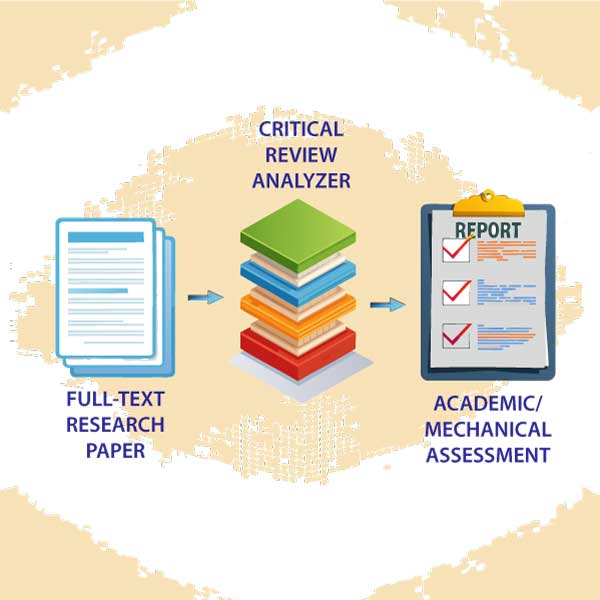| Review Summary |
| Paper Overview Provides a concise summary of the main research question, methodology, key findings, and conclusions of the paper. |
|
Yes |
| Paper Strengths Highlights significant positive aspects of the paper, including robust methods, originality, and impactful conclusions. |
|
Yes |
| Paper Shortcomings Highlights areas where the paper could be improved, including methodological gaps, weak arguments, or overlooked considerations. |
|
Yes |
| Scholarly Quality |
| Overall Review Comprehensive evaluation of the paper’s overall academic merit based on critical standards of scholarship. |
Yes |
Yes |
| Abstract Representativeness Assesses whether the abstract accurately and adequately reflects the paper’s key points and findings. |
Yes |
Yes |
| Research Novelty Identifies new ideas, approaches, or contributions that add original value to the research field. |
Yes |
Yes |
| Theoretical Contribution Evaluates the significance of the paper's theoretical insights, frameworks, or conceptual advancements. |
Yes |
Yes |
| Methodological Rigor Analyzes the precision, appropriateness, and thoroughness of the research methods used in the study. |
Yes |
Yes |
| Validity and Reliability of Results Examines how reliably the study's results and conclusions reflect accurate findings, ensuring trustworthiness. |
Yes |
Yes |
| Depth of Analysis Considers the thoroughness, complexity, and detail of the analysis provided in the paper. |
Yes |
Yes |
| Critical Engagement with Literature Evaluates how effectively the paper engages with existing scholarly literature and positions its contribution clearly. |
Yes |
Yes |
| Significance of Findings Assesses the importance and implications of the study's findings for the broader research community and society. |
Yes |
Yes |
| Ethical Considerations Highlights the ethical considerations addressed in the study and identifies potential ethical oversights. |
Yes |
Yes |
| Transparency and Reproducibility Analyzes the openness and clarity of the methodology and data presentation, emphasizing the potential for replicability. |
Yes |
Yes |
| Strength of Conclusions Assesses whether conclusions are well-supported by the evidence presented and logically derived. |
Yes |
Yes |
| Balance of Discussion Evaluates whether the discussion presents a balanced perspective, addressing both strengths and limitations. |
Yes |
Yes |
| Audience Appropriateness Considers how clearly and effectively the paper communicates to its intended academic or practitioner audience. |
Yes |
Yes |
| Mechanical Quality |
| Spelling and Grammar Checks accuracy of spelling, grammar, and punctuation throughout the paper. |
Yes |
Yes |
| Academic Style and Tone Ensures the paper’s style and tone match academic standards, suitable for its disciplinary context. |
Yes |
Yes |
| Organization and Structure Evaluates clarity, logical flow, and overall coherence of the paper’s structure. |
Yes |
Yes |
| Clarity of Expression Analyzes how clearly ideas and arguments are communicated throughout the paper. |
Yes |
Yes |
| Consistency of Terminology Ensures consistent usage of specialized terms and concepts across the document. |
Yes |
Yes |
| Formatting and Referencing Accuracy Reviews accuracy and consistency in citation practices and adherence to formatting guidelines. |
Yes |
Yes |
| Figures, Tables and Visual Aids Assesses the quality, relevance, and clarity of visual elements supporting the text. |
Yes |
Yes |
